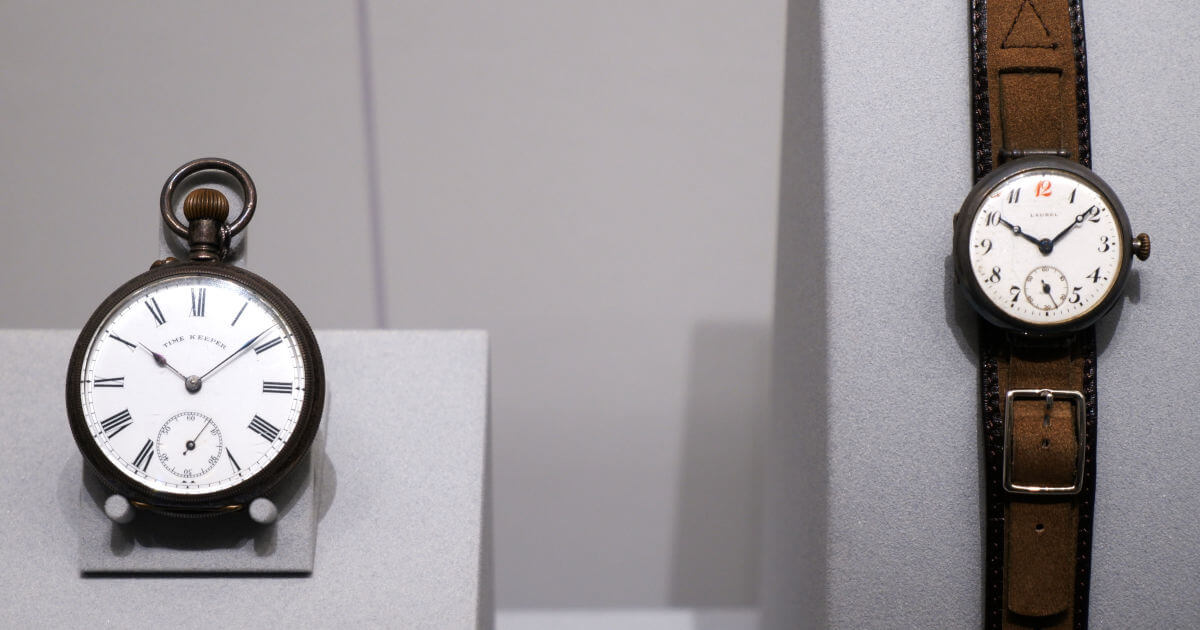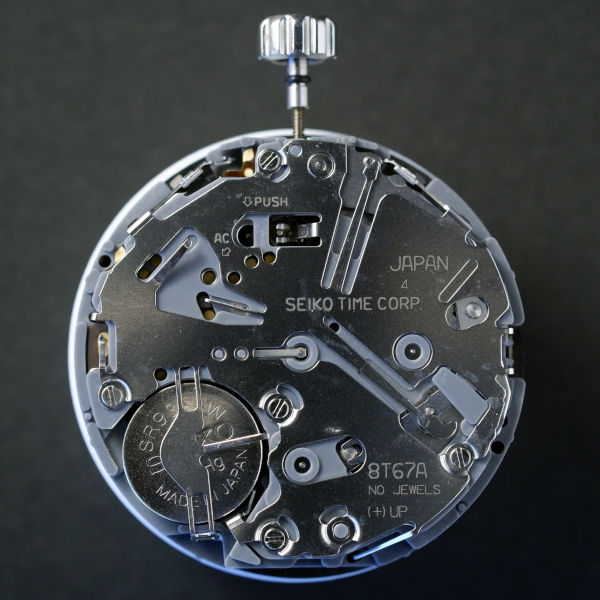Seiko Watch FAQs

What is the original Seiko watch?
The first Seiko wristwatch is the Laurel, which was also the first wristwatch made in Japan, released in 1913. It was actually made by Seikosha, which was the name of the Seiko company until 1924, after which all watches were branded as Seiko. Going further back, Seiko (as Seikosha) also produced pocket watches, the first one being called “Time Keeper”, launched in 1895. You can find out more at Seiko's official history page.
Where are Seiko watches made? Are they all made in Japan?
Seiko is a Japanese brand but not all Seiko watches are made in Japan. In particular, entry level watches are sometimes made either partly or completely in other countries to save costs, but made by Seiko staff or under their supervision. Countries outside Japan where Seiko watches have been made include Malaysia, Singapore, China and France. At the other end of the scale, Seiko has a production studio in northern Japan (Shizukuishi Watch Studio) producing high-end, hand-finished watches in small numbers each year.
Does Seiko make their own movements?
Yes, Seiko only use in-house movements designed and built in their own studios and factories. There are over 1,000 different Seiko movements produced over the decades, and this huge range means they're available for pretty much any budget. You get an in-house movement when you buy a Seiko watch, from entry level to (very) high-end.
Seiko movements are also used by third parties, in particular smaller microbrands. They’re marketed under the SII (Seiko Instruments Inc) brand and use slightly different naming, for example the Seiko 4R35 movement is sold to other watch brands as NH35. Time & Tide has a good article showing the wide variety of non-Seiko watches that use this movement.

What movements do Seiko watches use?
Seiko watches use a variety of movements which can be divided into three categories: Mechanical, quartz and Spring Drive (a combination of mechanical and quartz). Even within these categories, there are different kinds of movements, for example:
- Mechanical: Hand-winding and automatic (self-winding)
- Quartz: Analog, digital, solar-powered, kinetic (charged by a moving rotor), and even a thermal energy-powered watch.
- Spring Drive: Hand-winding and automatic (self-winding)
Some quartz chronographs, for example Seiko 8T67, are “mecha-quartz”, i.e. their timekeeping function is regulated by a battery-powered quartz oscillator, but the chronograph (stopwatch) function is mechanical.
You can read more about the various types of Seiko movements.
Is Seiko a good brand of watch?
I love Seiko watches so I’m biased! But some of the reasons I believe Seiko is a great brand of watch are reliability, good value, variety of designs, innovation, history, collector community, and use of in-house movements. In addition, there are very few other brands that have models ranging from low-priced entry level watches to exquisite luxury models costing more than a new car. There really is something for everyone.
Still have questions? See FAQs about Seiko the company.
If you liked this, check out more articles about repairing, restoring and enjoying Seiko watches.